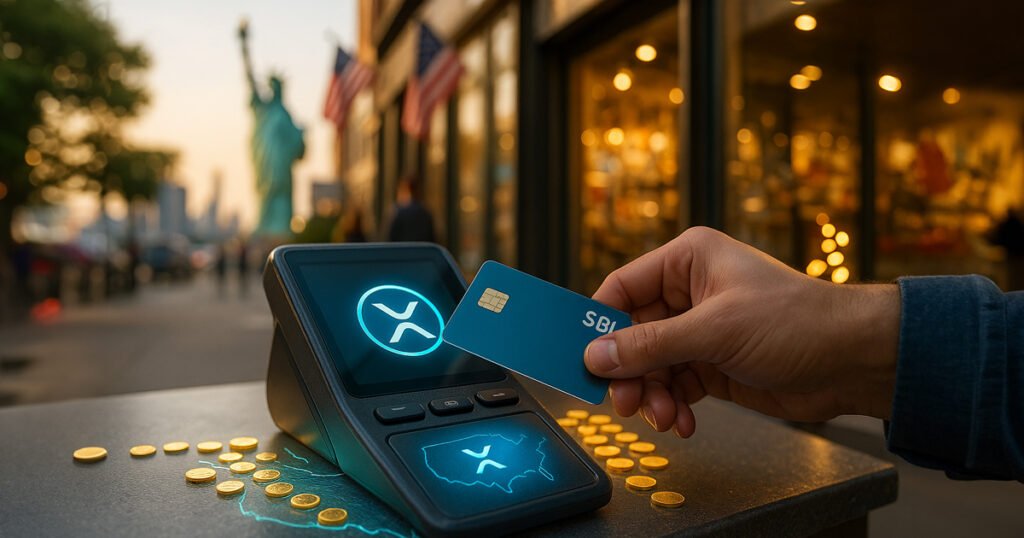XRP: The Resurgent Underdog Transforming Digital Finance
For almost a decade, XRP has occupied the shadows of the cryptocurrency landscape, often eclipsed by the more dominant narratives of Bitcoin, the developer community surrounding Ethereum, and the speed-centric attributes of Solana. Yet while these rivals dominated the headlines, XRP and its underlying infrastructure, the XRP Ledger (XRPL), have been evolving stealthily but significantly. Today, the XRPL is emerging as a robust backbone for real-world payment systems, stablecoins, and the burgeoning field of tokenized assets.
Regulatory Milestones and Enhanced Credibility
The pivotal moment for XRP arrived with the conclusion of Ripple’s prolonged regulatory struggles in August 2025. A U.S. court ruled that XRP’s retail sales are not classified as securities, providing much-needed legal clarity. Ripple agreed to a $125 million civil penalty to address institutional violations, thereby paving the way for better engagement within the regulated financial landscape. This legal certainty enabled Ripple to secure over 40 money-transmitter licenses across key states like New York and California, significantly enhancing its capacity for cross-border crypto-fiat settlements. As a result, XRP has engaged with regulated payment partners, a feat accomplished by very few U.S.-based blockchains.
Institutional Engagement on the Rise
XRP’s resurgence is not merely theoretical; it is manifested through a tangible increase in institutional adoption. Notably, in September 2025, Japanese companies SBI Group and Tobu Top Tours announced plans to issue prepaid travel tokens on the XRPL, targeting Japan’s $200 billion prepaid payment instrument market. Ripple’s Tatsuya Kohrogi emphasized that this initiative aims to modernize local commerce while ensuring full regulatory compliance. As users can readily top-up their tokens with yen and spend at local businesses without needing intermediaries, this integration represents a significant leap in integrating blockchain technology with traditional financial systems.
Driving Innovation in Loyalty Programs
Another trailblazing project leveraging XRP’s functionalities is spearheaded by Singapore-based Webus International. The company aims to create a tokenized travel-rewards exchange on the XRPL that will integrate disparate loyalty programs across airlines, hotels, and retailers—an industry that boasts a market value of nearly $100 billion. By converting these isolated reward systems into transferable digital assets, Webus seeks to enhance liquidity and user experience. Such initiatives show XRP’s capability to bridge closed financial ecosystems while ensuring compliance, further solidifying its value as an infrastructure layer.
Competing in the Stablecoin Arena
The XRPL’s footprint is also expanding significantly in the stablecoin and Real World Asset (RWA) tokenization markets. Ripple is positioning its RLUSD stablecoin as a competitive player in the $300 billion stablecoin sector. While RLUSD’s market capitalization of $898 million is modest compared to giants like Tether’s USDT and Circle’s USDC, it is already garnering substantial institutional attention. For instance, crypto exchange Bullish has utilized RLUSD for settling its $1.15 billion IPO proceeds, a testament to its utility and credibility. The strong compliance framework underpinning RLUSD sets it apart from rivals, attracting partnerships and integrations with other financial institutions.
Cutting-Edge Regulatory Tools
XRPL recently introduced its Multi-Purpose Token (MPT) Standard, allowing digital asset creators to enforce regulatory compliance directly within the blockchain. This new standard ensures that compliant tokens can restrict transfers to verified holders, thereby removing the need for third-party validators and enabling seamless adherence to financial regulations. According to Martin Hiesboeck from Uphold, this strategic development positions XRPL as a leading platform for secure, compliant institutional finance. The growing list of stablecoin issuers and financial institutions adopting XRPL is a clear indicator of its scalability and regulatory readiness.
Positioned for Future Growth
Ripple’s vision for XRPL extends well beyond stablecoins; its roadmap includes ambitions for RWA tokenization across various asset classes. Currently, XRPL ranks among the top ten blockchains for RWA tokenization and has facilitated transactions exceeding $360 million in assets. Global entities such as Dubai and major financial institutions like Guggenheim and BlackRock are recognizing XRP’s capabilities, cementing its role as a critical corridor player in future financial ecosystems. With expectations for multi-trillion-dollar annual throughput in the coming years, XRP stands poised not only to reshape its narrative but also to emerge as a cornerstone of modern digital finance.
In summary, XRP’s transformation from an underdog into a vital infrastructure layer is not merely speculative; it is grounded in real-world applications and compliance-ready frameworks. With renewed institutional interest, groundbreaking projects, and robust regulatory tools, XRP is redefining its role in the cryptocurrency landscape, making it a noteworthy player in the future of digital finance.


